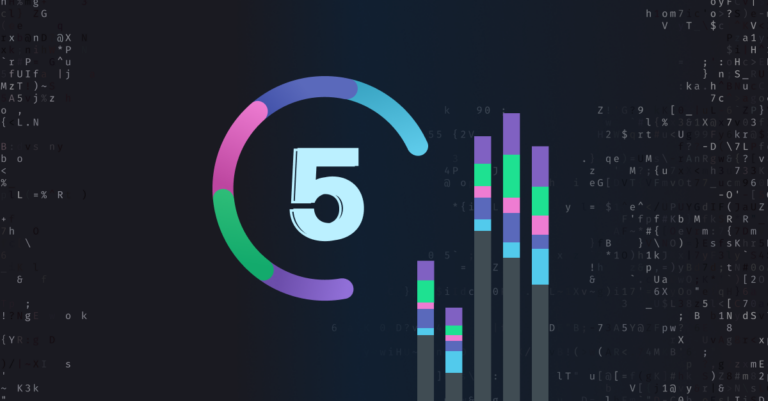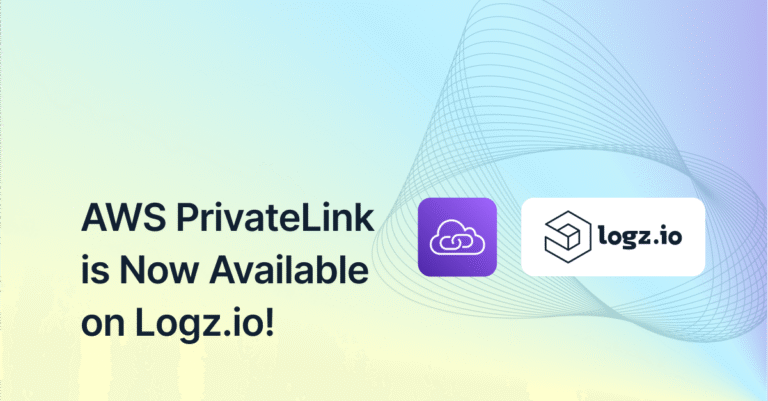
5 Important Reasons Why You Need Application Observability
January 29, 2024

Application performance monitoring (APM) has been around for a long time. Odds are if you’re tasked with overseeing app performance, you’ve had to deal with this technology to get an understanding of your applications and any issues that can arise in the name of troubleshooting.
But there’s a new approach you should consider: application observability. It’s a more inclusive, timely, automated and flexible way to easily query and analyze complex telemetry data and microservices architectures. Done correctly, it can also be vastly more simple and cost effective, as well.
Let’s look at five reasons why you need application observability today.
Monitor the “four golden signals” in a more dynamic fashion
Application observability offers the critical ability to surface less readily-defined and thereby more difficult to find issues, whereas APM provides insights into production issues based on set parameters or thresholds.
While APM provides insights into production issues based on predefined indicators, known error types and other forms of failures – most often related to the “four golden signals”, or errors, saturation, traffic and latency — observability offers the ability to surface both these known issues and those that may be harder to understand or predict.
By this logic, APM is great when you need to seek out problems that you might expect to incur, but application observability excels at unearthing unexpected issues—or those that are more difficult to find and therefore more potentially disruptive.
Employing APM’s threshold-based settings for monitoring your system is also a far more reactive way to address issues in your applications.
With observability, you gain the ability to be more proactive by employing alerting based on any available telemetry data to provide a real-time view of bottlenecks and possible problems before they start to affect your bottom line.
Gain a single view of correlated logs, metrics, and traces
While observability is fundamentally oriented toward gaining insights into the overall health of a system, as broadly as possible, APM hones in on the performance of applications within that system and matters of end user experience.
While this information is vital, APM notably focuses only on indicators of application performance, whereas observability’s focus on logs, metrics and traces widens the aperture to include into the health and performance of the entire IT infrastructure, not just applications.
In this sense you gain a full view of correlation between logs, metrics, and traces with application observability. This is a critical differentiator within the context of managing the health and performance of today’s ephemeral, microservices-heavy applications, where using dynamic and distributed architectures require more far reaching and inclusive analysis.
Map service dependencies and service intercommunication through flexible automation
Application observability involves the implementation and ongoing use of live data in production being handled by engineering teams. Meanwhile, APM tools typically require engineers to add code directly into their software to instrument the ability to monitor certain indicators within their systems.
The latter, traditional APM approach is a much heavier and more intrusive process that adds complexity and makes it difficult to shift processes and tooling, when required. Put simply, it involves a lot more legwork on the part of engineering teams, and long-term, it is more restrictive.
Observability, on the other hand, ingests telemetry data in a more seamless manner that does not require significant hands-on coding, making it highly flexible and efficient. Related to data collection, using OpenTelemetry is the modern approach for this democratization of data, and your organization can take advantage of it to reach your observability goals.
Better utilization of costs for your data insights
APM platforms often abide by a mindset that forces customers to send as much of their data as possible so the platform can extract maximum insights. However, this “send and monitor all the data” approach is a costly endeavor for organizations, because traditional APM vendors tend to treat all data the same regardless of its actual value to your organization.
But the modern observability approach should include the adoption of automated pipeline analytics. It’s a system for application observability that automatically filters out less valuable data, and focuses on the telemetry that matters most, while also lowering costs.
You shouldn’t have to worry about paying for analyzing your application observability data that isn’t mission-critical. Industry experts such as Gartner are also endorsing this approach.
Logz.io’s App 360 is Your New Alternative for Application Observability
In the realm of advanced monitoring and observability, Logz.io stands out as a leading provider of a unified, “full stack” approach enabling a more effective strategy for application observability is another key aspect of the platform.
The Open 360™ observability platform provides software developers, SREs and operations pros the specific tools they need to unify logs, metrics and trace data in one location for a conclusive, end-to-end view of your system’s behavior.
Open 360 also delivers a modern, observability-centric approach analyzing the health and performance of applications, as an alternative to traditional APM, in the form of the new App 360 solution.
With App 360, a strategic set of capabilities unified in the Open 360 platform, users get a centralized interface for visualizing and investigating application performance, without many of the technical challenges and high cost associated with traditional APM solutions.
App 360 is purpose-built for distributed microservices architectures running on Kubernetes and other modern environments, and enables stakeholders to visualize and investigate the most important right signals, while correlating all the relevant information to truly understand their environment from individual applications all the way down to the CPU level.
With Logz.io, you’ll avoid siloed telemetry and quickly achieve full application observability so you can answer difficult questions about the current state of your environments — at a fraction of the cost of other platforms.
Logz.io’s approach combines the strengths of observability and APM, allowing organizations to gain deep insights into application performance while also exploring the broader context of their IT environment.
Sign up for a free trial of Logz.io Open 360 to see App 360 in action today.




